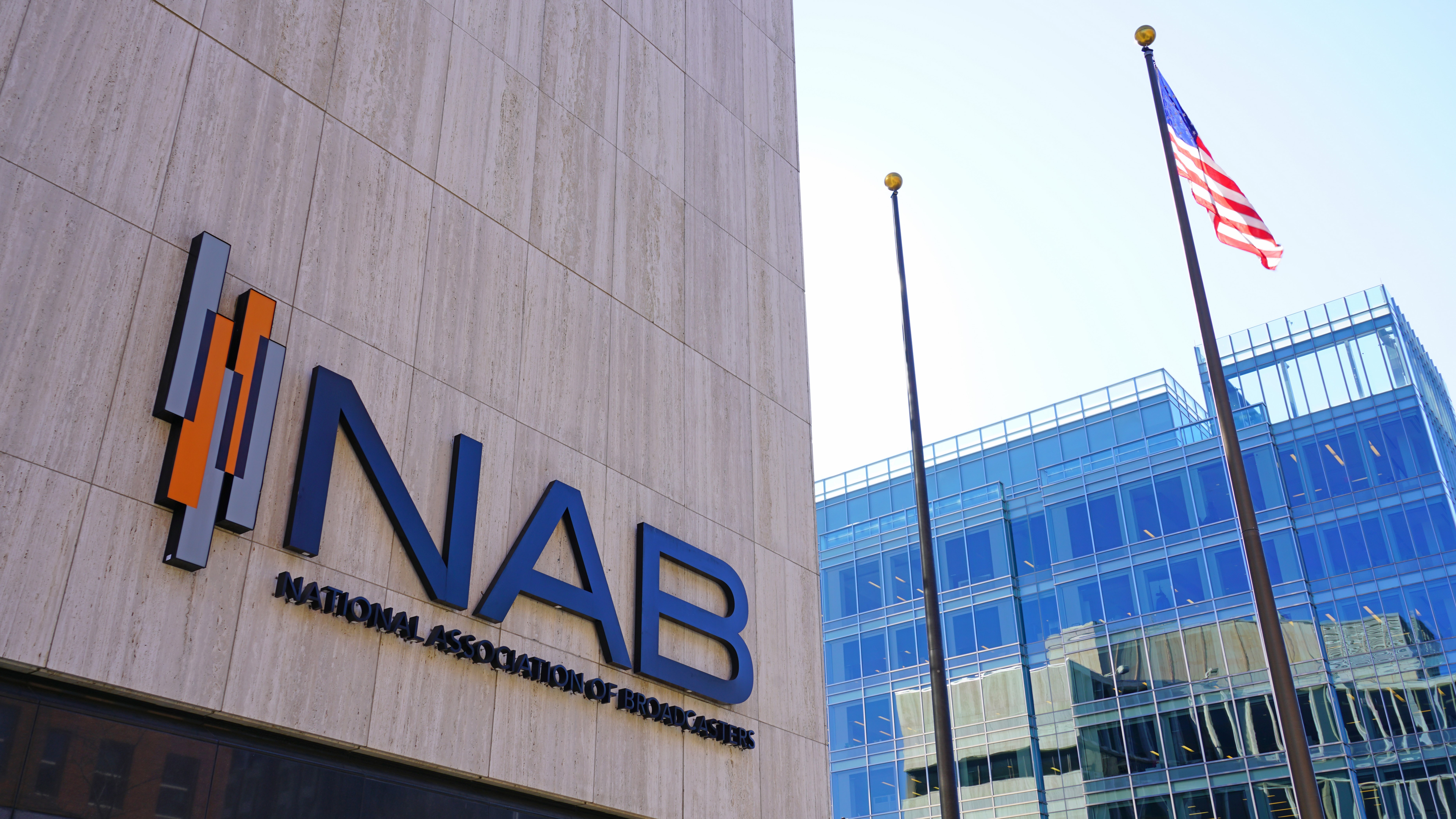
WASHINGTON—As broadcasters continue to deploy ATSC 3.0 (aka “NextGen TV”) nationwide, the NAB is asking the FCC to clarify its rules surrounding TV stations’ content and distribution partnerships during the transition from 1.0 to 3.0.
In comments filed with the FCC this week, NAB is specifically requesting the FCC:
- Clarify that its existing rules permit a station transmitting in ATSC 3.0 to partner with one or more other stations that would host the first station’s simulcasted ATSC 1.0 multicast streams to preserve existing service in the market; and
- Establish rules permitting a station transmitting in ATSC 3.0 to partner with one or more other stations that would host the first station’s ATSC 1.0 multicast streams—regardless of whether those ATSC 1.0 multicast streams are simulcast in ATSC 3.0—and also permit a station transmitting in ATSC 1.0 to partner with one or more other stations to host content transmitted in ATSC 3.0.
“Grant of these requests will help preserve existing programming viewers enjoy today and will also help speed the rollout of Next Gen TV and its improved features and services to American viewers,” the NAB said.
The association told the FCC that the commission’s rules requiring the maintenance of 1.0 service while simulcasting in ATSC 3.0 without any new spectrum allocated is forcing broadcasters to be “efficient and creative.”
“To those ends, broadcasters respectfully request the Commission to clarify and amend its rules to facilitate critical carriage arrangements among stations that are parties to an ATSC 3.0 deployment plan,” NAB told the commission, and require responsibility for programming to the licensed owners of the programming, rather than the station distributing such programming.
“This approach is wholly in keeping with the Commission’s existing rules and its goal of encouraging successful ATSC 3.0 deployments,” NAB added.
The NAB is also asking the commission to clarify or make a new rule that would allow an ATSC 3.0 station seeking to preserve its 1.0 multicast streams can partner with other stations where the 3.0 station will not be simulcasting the multicast streams in 3.0.
The professional video industry's #1 source for news, trends and product and tech information. Sign up below.
NAB said this change would “not raise novel public policy concerns” nor would it create new carriage rights for multicast streams, which are not entitled to must-carry carriage.
“Similarly, it would create no new station licenses or alienable interests,” NAB said. “Each station would continue to have a single license as the Commission’s rules provide—but instead of that single license reflecting only one authorized host channel, it could reflect more than one to introduce ATSC 3.0 to the marketplace. The Commission would simply be making clear that the originator of a particular multicast stream, not the host, would be the sole party responsible for ensuring compliance with statutory and regulatory requirements regarding hosted multicast streams.
Tom has covered the broadcast technology market for the past 25 years, including three years handling member communications for the National Association of Broadcasters followed by a year as editor of Video Technology News and DTV Business executive newsletters for Phillips Publishing. In 1999 he launched digitalbroadcasting.com for internet B2B portal Verticalnet. He is also a charter member of the CTA's Academy of Digital TV Pioneers. Since 2001, he has been editor-in-chief of TV Tech (www.tvtech.com), the leading source of news and information on broadcast and related media technology and is a frequent contributor and moderator to the brand’s Tech Leadership events.

